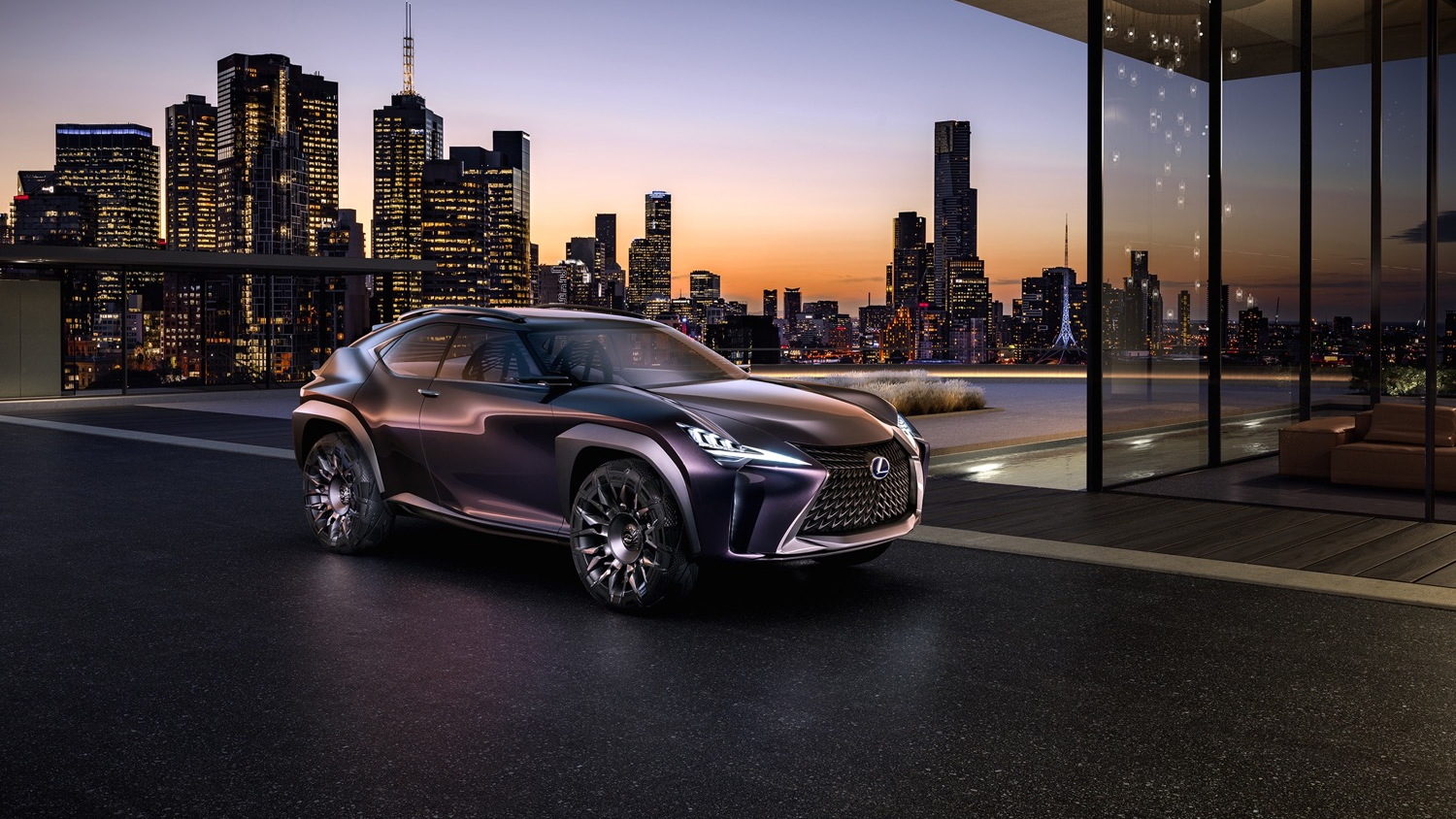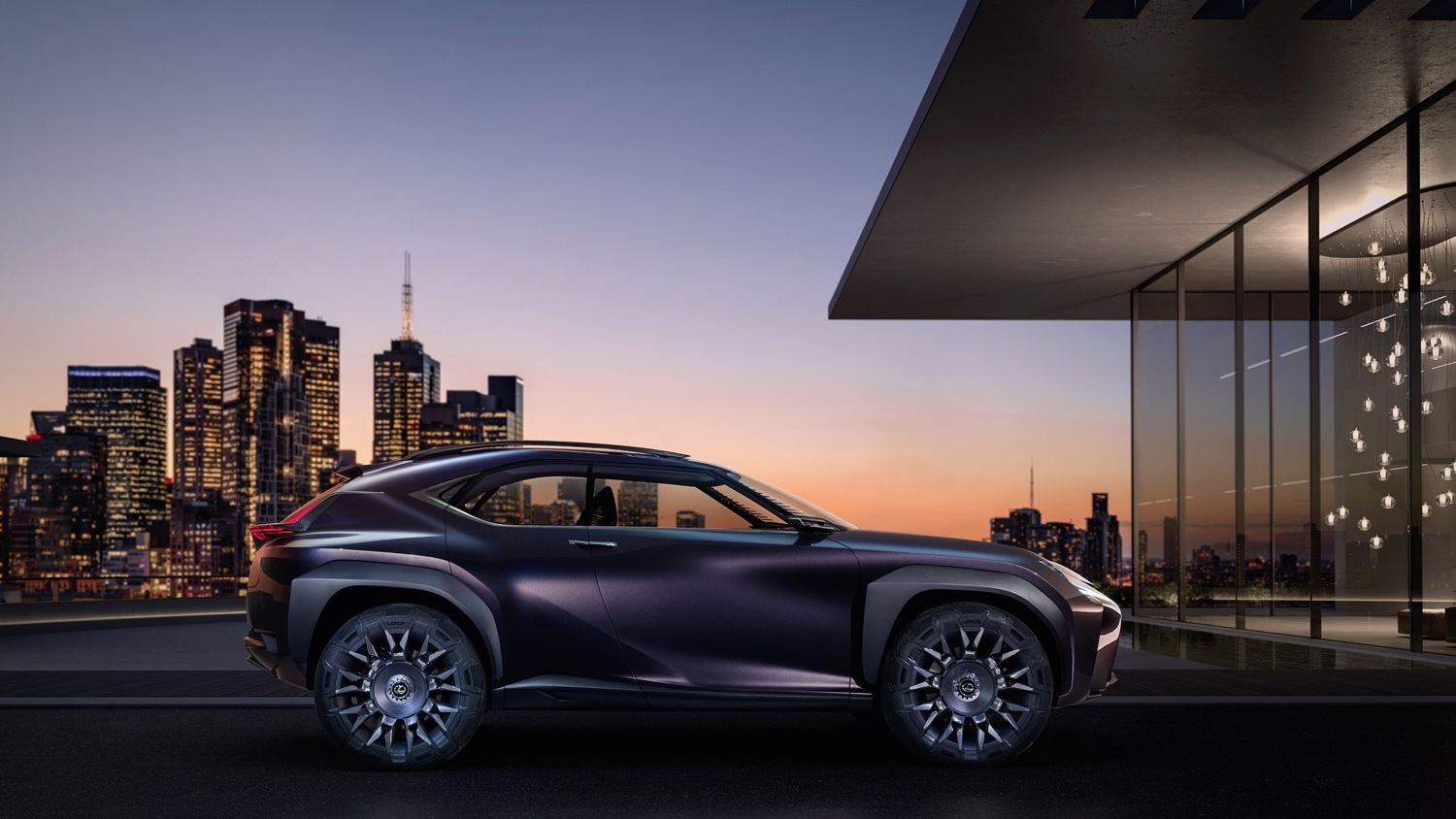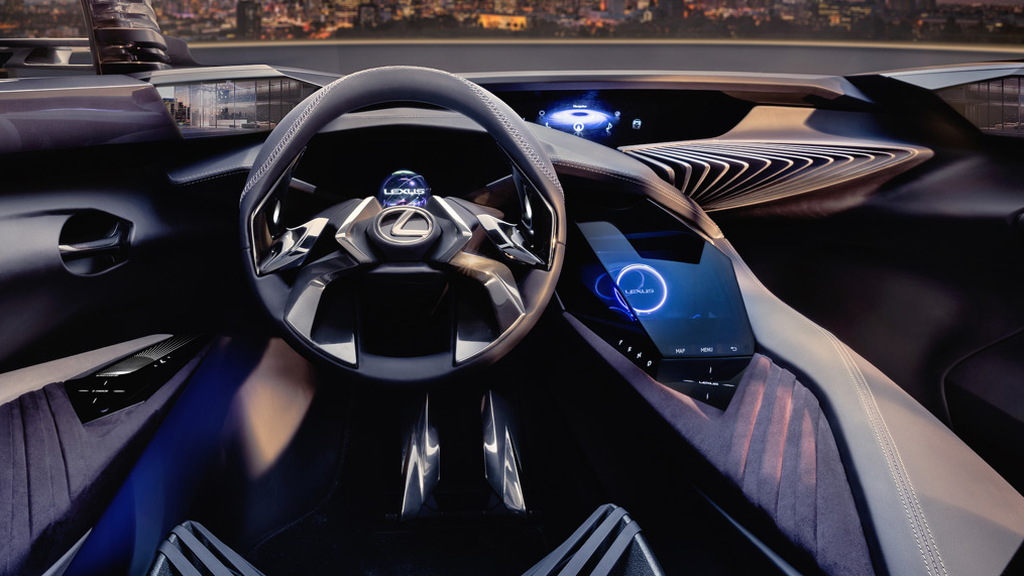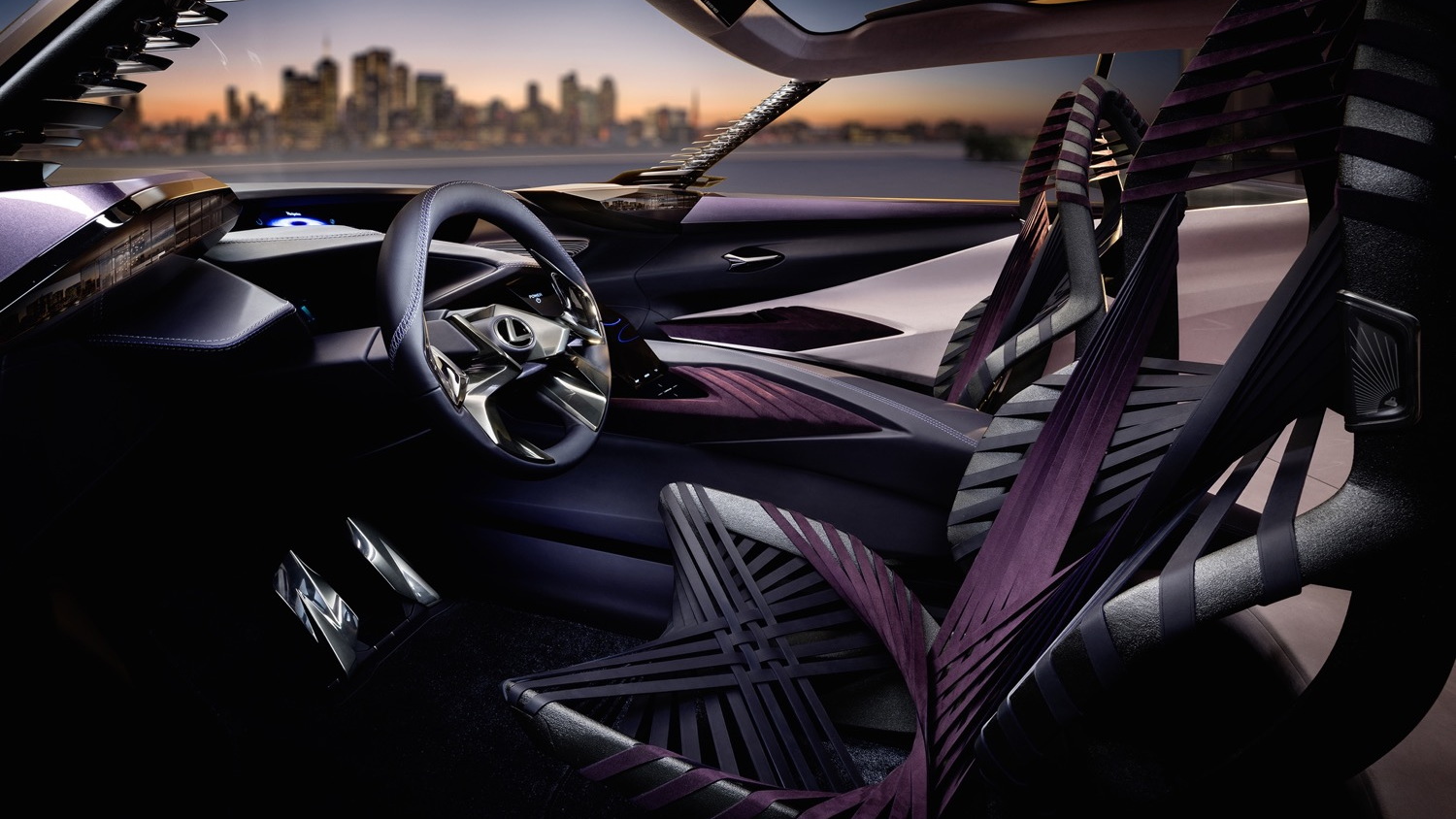The Lexus UX concept that debuted at the Paris Motor Show in September 2016 represented the Toyota luxury brand's probe of the subcompact crossover segment.
It previewed a possible new model that would slot below the current NX in Lexus' lineup.
While Lexus didn't say so explicitly, such a model could be based on the Toyota C-HR, which went on sale in the spring of 2017 after a drawn-out preview period.
DON'T MISS: Lexus UX small crossover may get hybrid version that Toyota C-HR won't
Fifteen months later, industry trade journal Ward's Auto reported that the Lexus UX is still being studied for U.S. launch, though the brand's dealers feel they urgently need it.
“We’re in the process of helping our company understand what we’re leaving on the table," Jeff Bracken, the division's U.S. general manager, because it has no entry crossover vehicle in the small-luxury segment.
The previous entry vehicle in the lineup was the aging Lexus CT 200h hybrid hatchback; sales of that model were discontinued after the 2017 model year.

2017 Lexus CT 200h
Designed by Lexus' ED2 studio in France, the UX concept wears an updated version of the design language seen on other recent Lexus models.
With its many bodywork creases and large "spindle" grille," it bears a familial resemblance to the larger NX and RX crossovers in particular.
It's also somewhat more car-like than many other crossovers, with a low roofline and relatively little ground clearance.
ALSO SEE: Japan may beat U.S. to allowing camera-based side mirrors
One unusual feature is the "see-through" A-pillar made from polycarbonate fins attached to an aluminum spine.
Thicker A-pillars have become common in modern cars due to safety considerations, but they can obstruct the driver's view somewhat.
Meanwhile, the exterior mirrors are replaced with cameras, helping to improve aerodynamics.

Lexus UX concept, 2016 Paris auto show
While Lexus' home country of Japan has warmed to the idea of replacing mirrors with cameras, U.S. regulators still won't allow it on production cars.
That's despite the wishes of the industry, which sees the elimination of exterior mirrors as a potential efficiency benefit.
The interior includes seating for four, and implements Lexus' "Kinetic Seat Concept."
MORE: Volkswagen ID: more details of all-electric concept car at Paris Motor Show
This involves seat supports that move, which is supposed to keep occupants stable while driving—increasing comfort.
The seat material is made from spider silk, which Lexus claims provides the necessary strength, and is a more sustainable option than traditional materials.
While Lexus offered plenty of information on the seats, it did not discuss the UX concept's powertrain.

Lexus UX concept, 2016 Paris auto show
Given that Lexus has already applied for trademarks on the “UX 250” and “UX 250h” names in Europe, it seems that both gasoline and hybrid versions would be offered on an eventual production version.
The current popularity of SUVs in North America means there's a pretty good chance that a production version of the UX will get the green light—and that it will make it to the U.S.
EDITOR'S NOTE: This article was originally published in September 2016 when the Lexus UX concept made its debut at the Paris auto show. It was updated as of December 2017 to reflect reporting that the UX is "under consideration" for sale in North America.
_______________________________________________


















